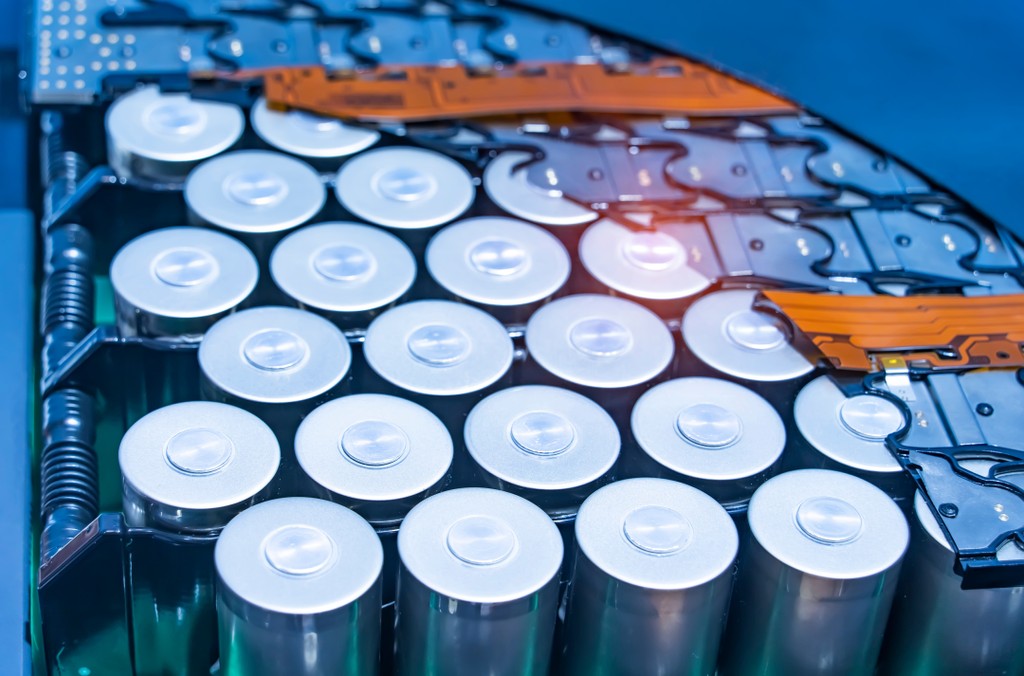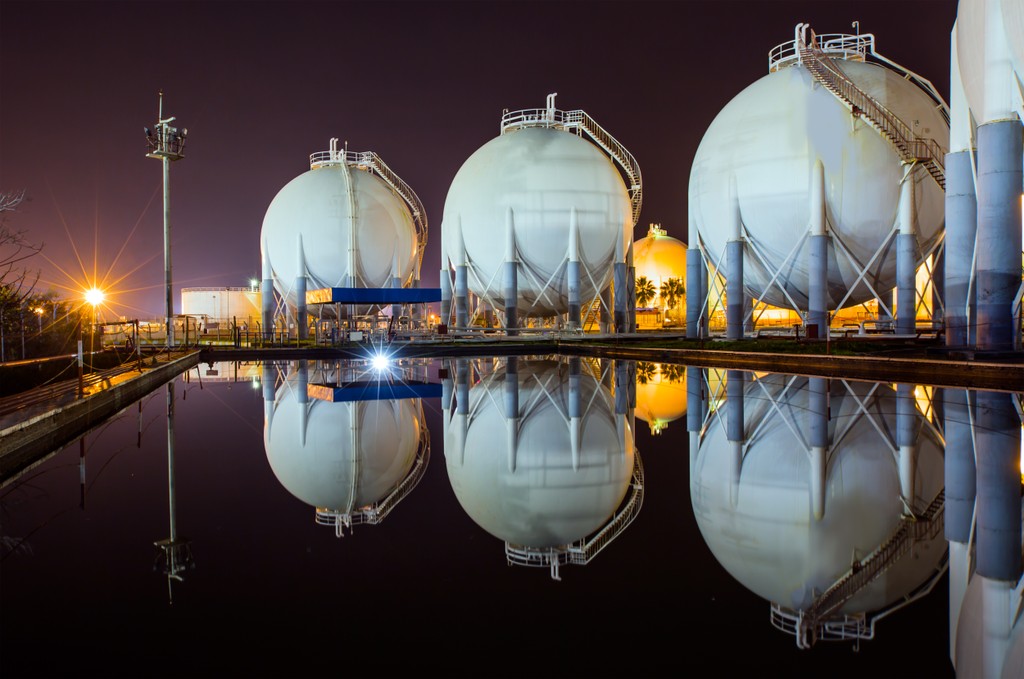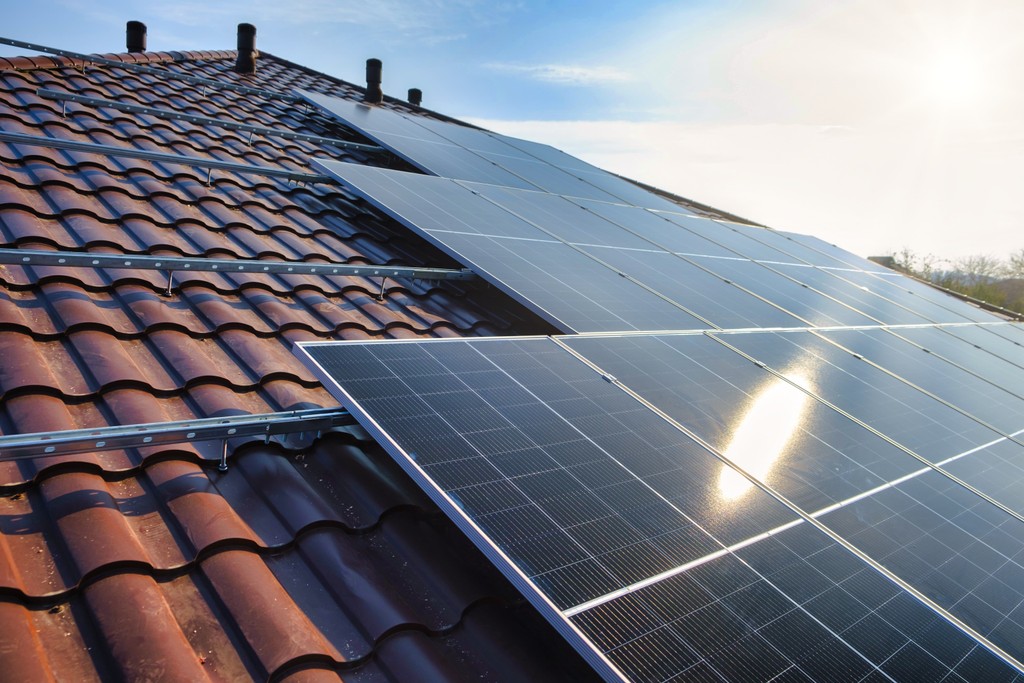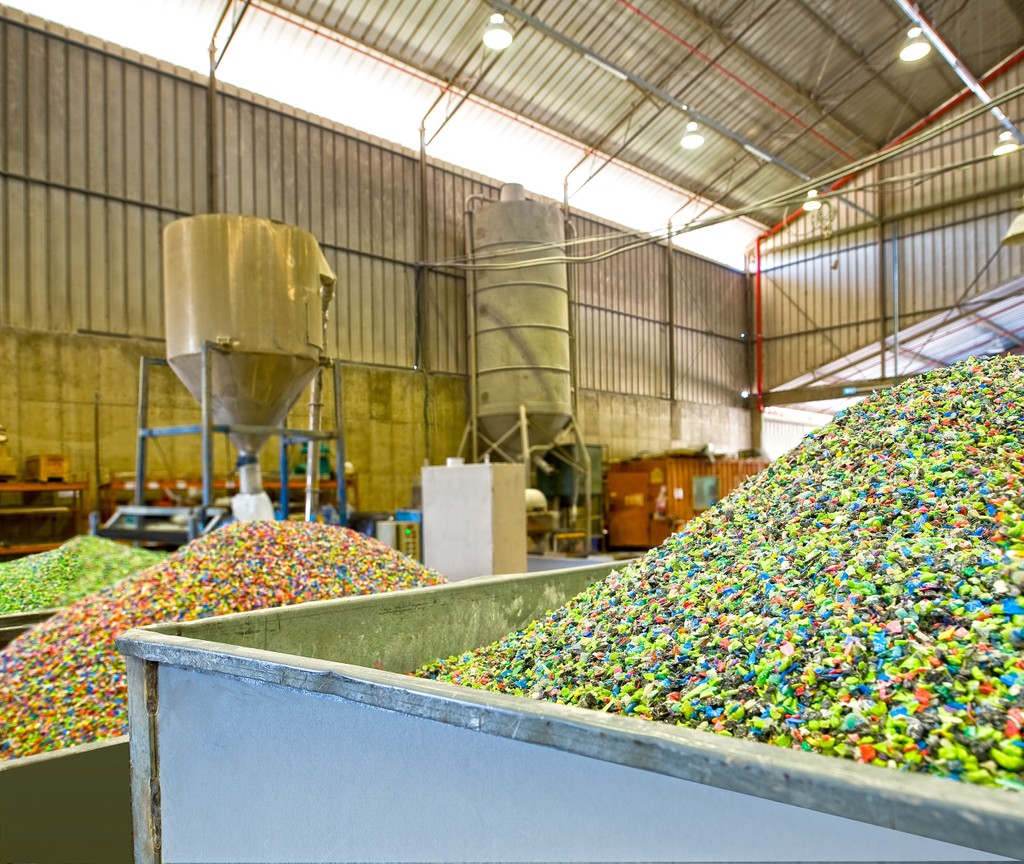As electrical grids evolve to meet the needs of the 21st century, one thing is clear: digitalization will be everywhere.
It’s already helping keep the transmission grid stable by balancing reserves from intermittent sources like wind and solar. As more connected sensors are put in place, digitalization will help cut costs by improving efficiency in homes and businesses. It will improve maintenance and keep components running better for longer. It will help consumers generate their own power at home and move it to the grid as needed. It will make payments seamless using blockchain.
Current state of digitalization of the energy value chain
Source: Bloomberg New Energy Finance
The energy industry has undergone significant change in recent years, and BNEF forecasts more challenges. The combination of more renewable energy, more decentralized generation, and an aging grid means the industry needs to roll out even longer transmission lines and complex distribution systems. Meanwhile, consumers are procuring more behind-the-meter assets to generate power at home, and trade it with neighbors.
With the ability to collect increasing amounts of data, the energy industry has a chance to use digital technologies to address many of these new challenges. This involves harnessing and using the data they and their customers are generating. The sensors that are common in the transmission grid are now being deployed at the user level, where they may help utilities deal with a host of challenges, including balancing system reserves and incorporating power from self-generators, such as rooftop solar owners. New technologies — machine learning, edge processing, cloud computing, and blockchain, to name a few — could be paired with batteries, demand response, rooftop solar generation, and smart-grid technologies, to create new opportunities.
“Data right now is produced but most of it is not captured, or if it’s captured, it’s not used effectively,” says Claire Curry, head of emerging technology analysis. “At fossil fuel plants, often the workforce isn’t trained or equipped to be data scientists. And the homeowners don’t know half the data they’re generating.”
The digitalization of energy systems can provide various benefits, allowing utilities to:
-
Maintain grid stability and reliability.
The aggregation and real-time action of energy assets and industrial loads could provide accurate frequency regulation and demand response, providing new revenue streams for struggling fossil-fuel assets.
-
Monitor the grid and identify points of failure and faults.
Software and storage could defer grid upgrades, and the digital technologies originally applied to the transmission grid could spread to the under-stress distribution grid.
-
Optimize and forecast for energy production.
Forecasting wind and solar output is a near-term opportunity for digital technologies that would enable better renewable energy integration. Equipped with better forecasting, fossil-fuel assets could be used more accurately as peaking plants to smooth supply and demand.
-
Give the consumer more control.
Home energy production systems, like rooftop solar, could be matched with smart home energy management to enable owners to join local microgrids or blockchain schemes.
-
Manage distributed, behind-the-meter generation.
More output will be decentralized, and digital systems will provide transparent monitoring and data integration.
Power generators, utilities, transmission system operators, distribution network operators, and consumers are interested in digitalizing for different reasons. “Many scenarios have attractive economics and technical advantages.” says Julia Attwood, lead author of the report. “Some will provide new revenue sources or access to new markets and products. Some energy players are motivated by government policy, regulating renewables penetration or grid modernization, while many utilities feel pressure from consumers to modernize or from competition from the rest of the industry.”
Definitions of elements of organizations affected by digitalization
Source: Bloomberg New Energy Finance
The biggest changes that digitalization will bring to the energy sector will depend on each player’s position in the value chain. “For utilities and generators, the most significant change will be how they handle data strategy and security,” Curry says. “Other changes will be where they find new sources of revenue, and how digitalization affects their workforce. For the prosumer the largest change will be the opportunity to optimize the assets they own and to streamline operations.”
In some cases, significant investment would be required to digitalize segments of the value chain, though it may not involve a strategic change to the business. There will be:
- Wide-scale modifications to expensive assets
- Significant changes to personnel levels
- Complete replacement of some software systems, and a reinvention of staff training
These changes will generate revenue for technology providers and cost savings for technology users. BNEF estimates that annual revenue from digitalization of energy could be $54 billion today, over half of that dedicated to selling technology to improve fossil fuel operations and maintenance. By 2025, Attwood says, that will increase to $64 billion, thanks to “significant growth in the sale of smart meters and home energy management solutions, from a combined $22 billion in 2017 to $36 billion in 2025.”
Siemens AG commissioned the report, which can be downloaded here.








